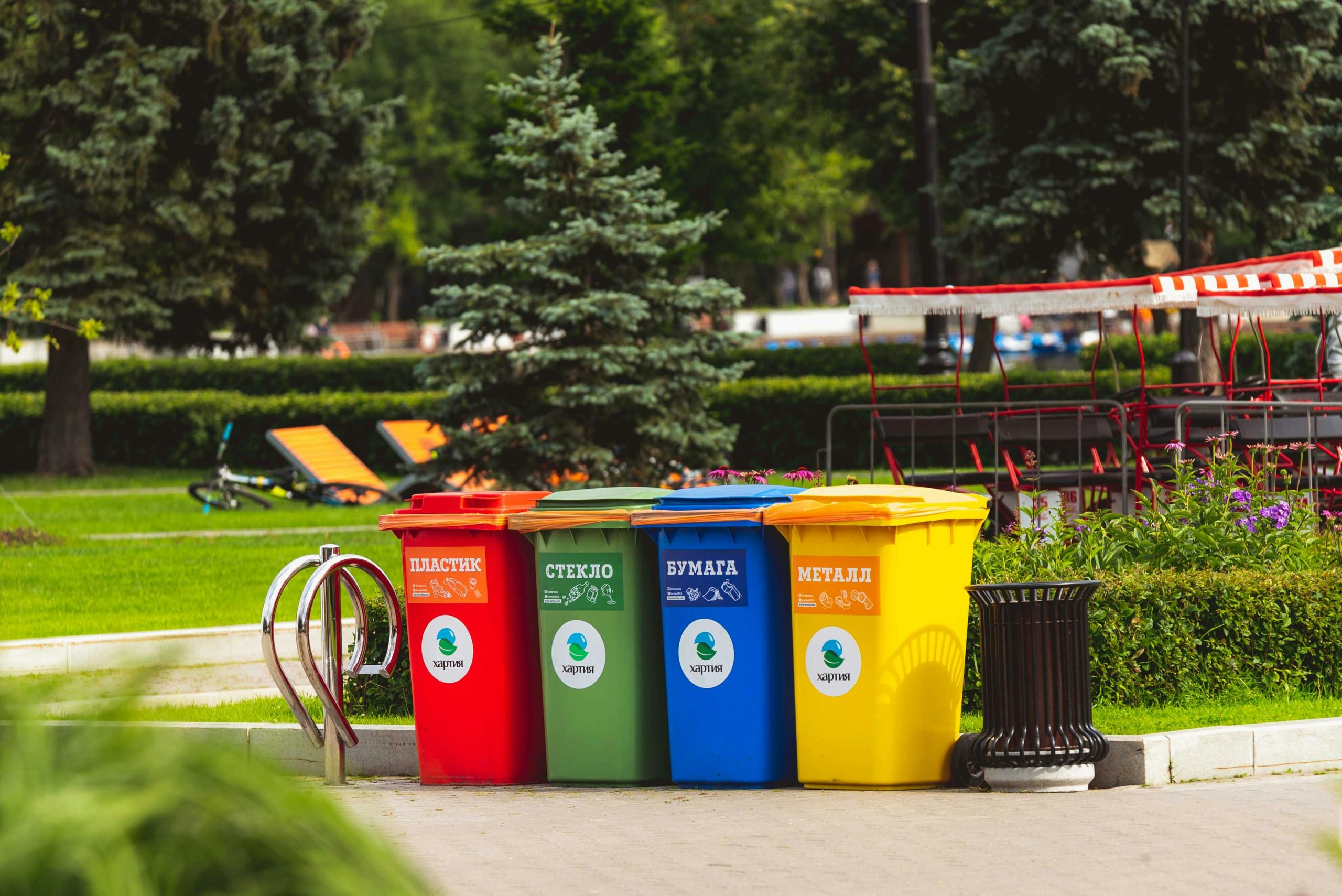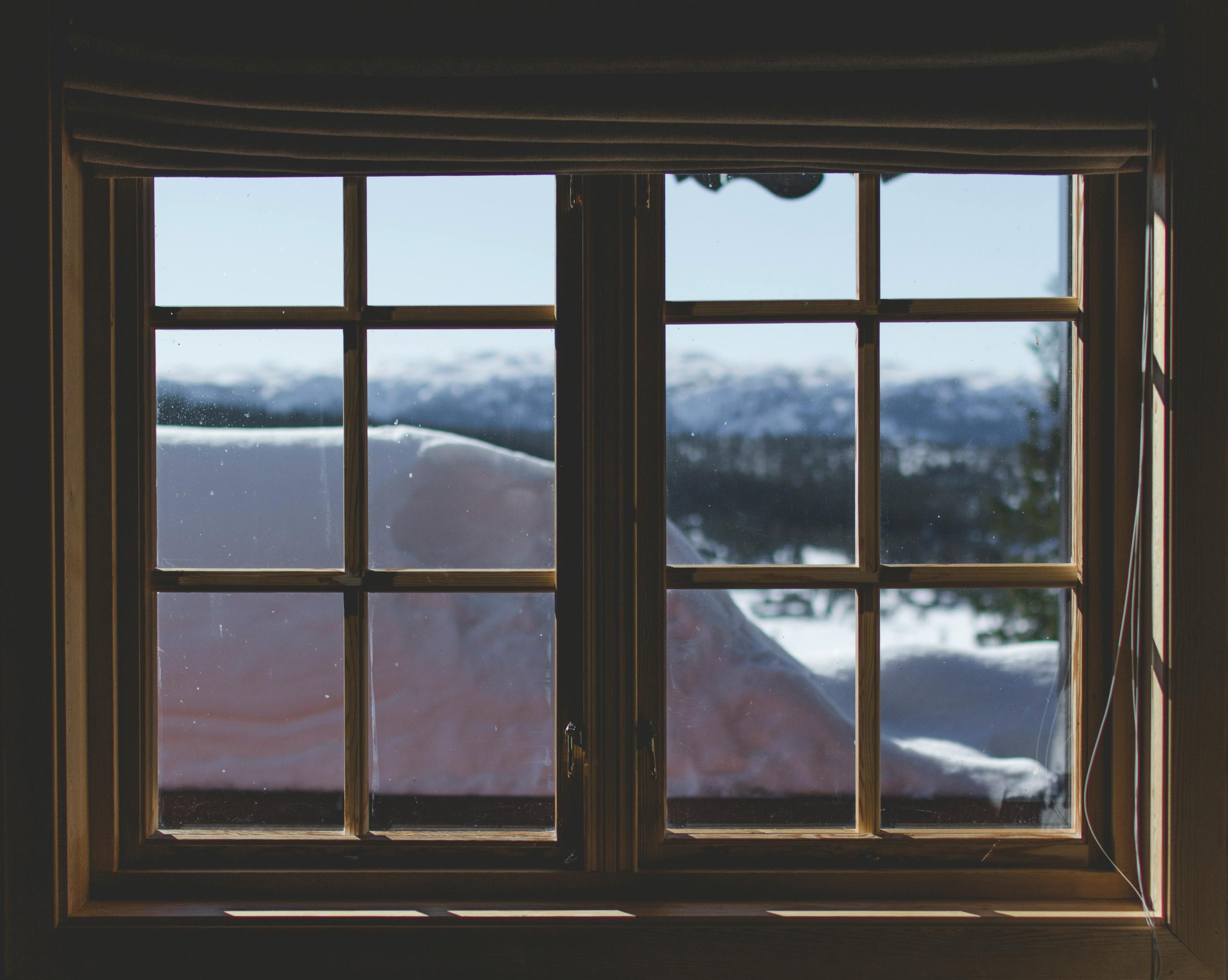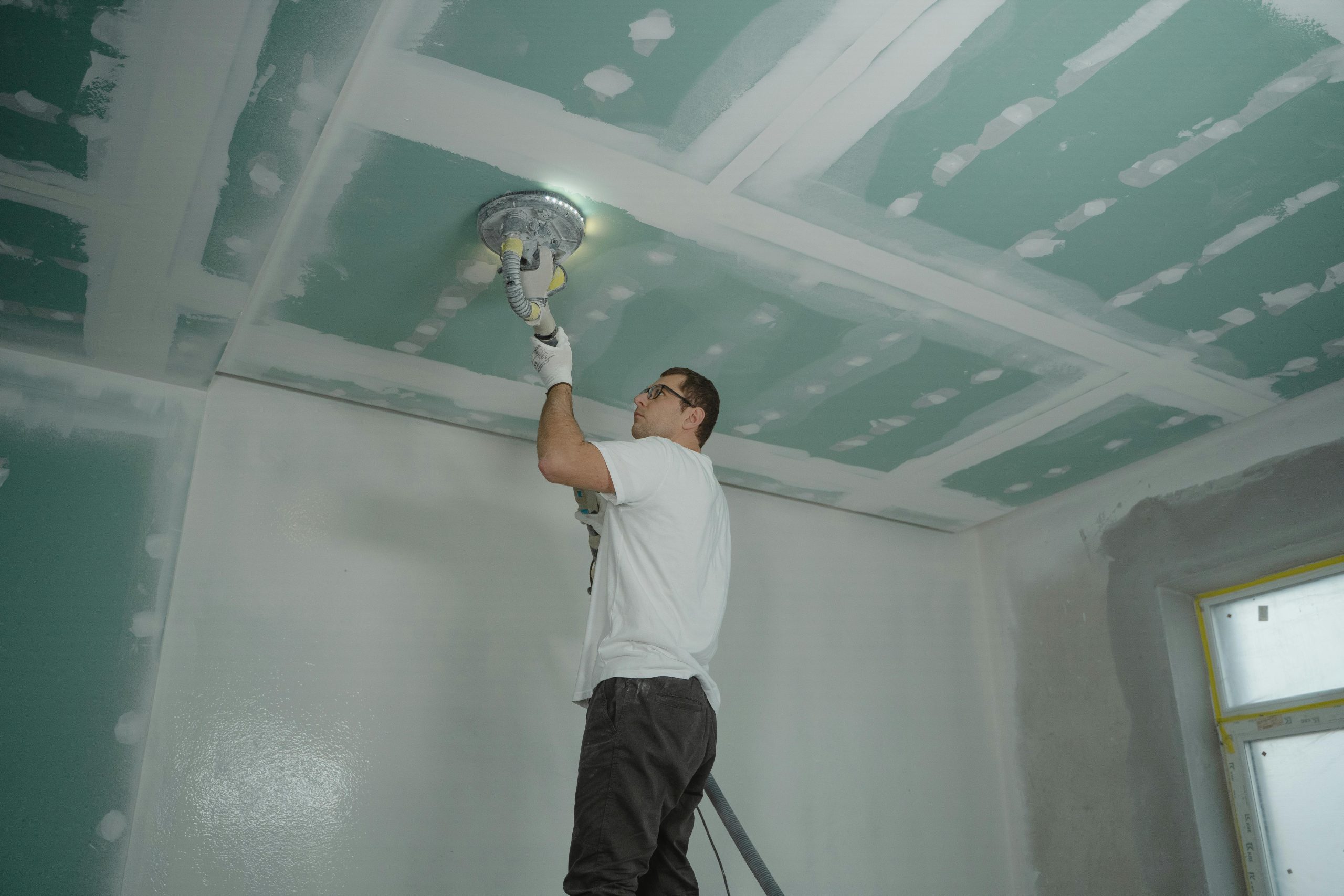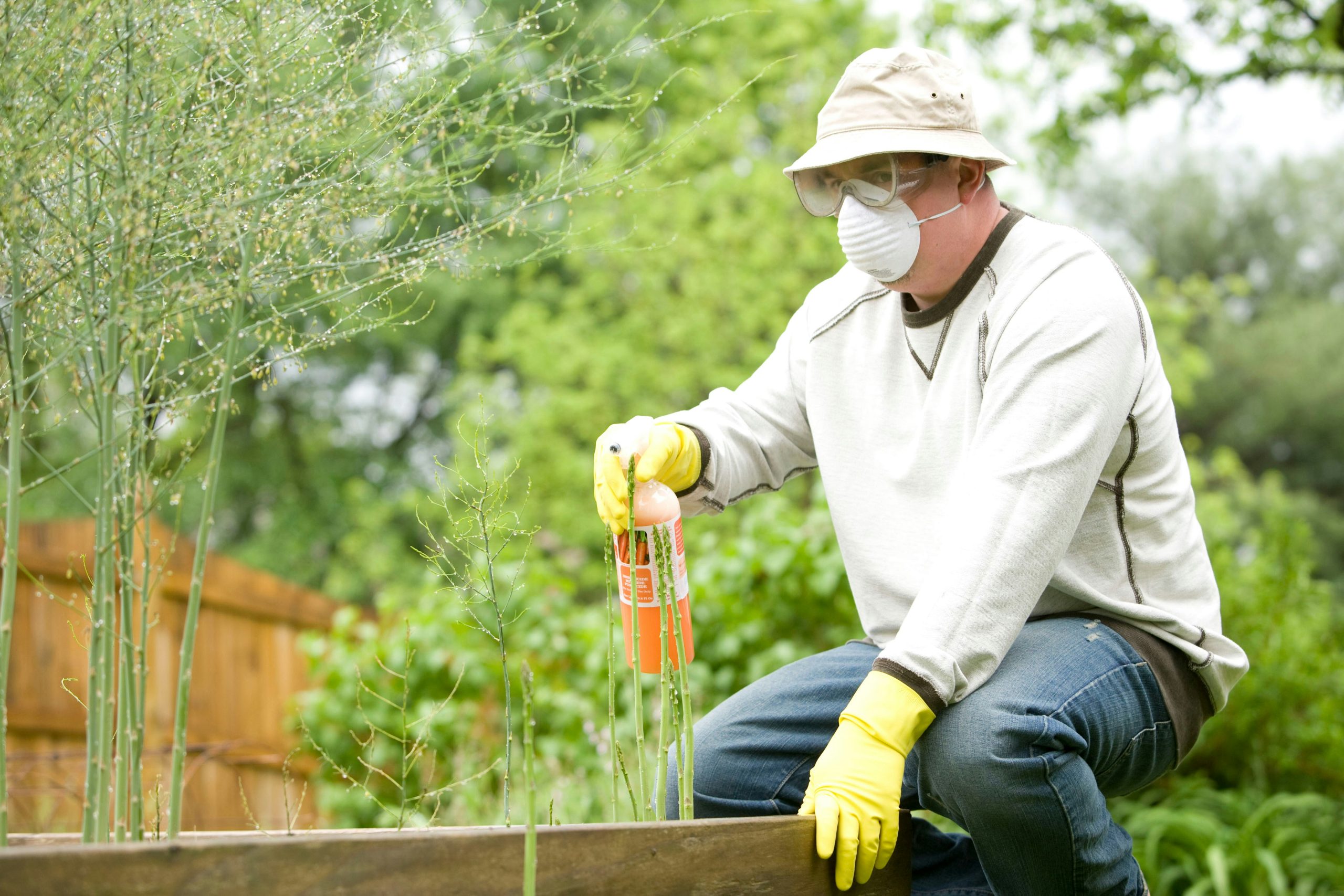Uncovering the Rich Tapestry of Floor Treatments Through History
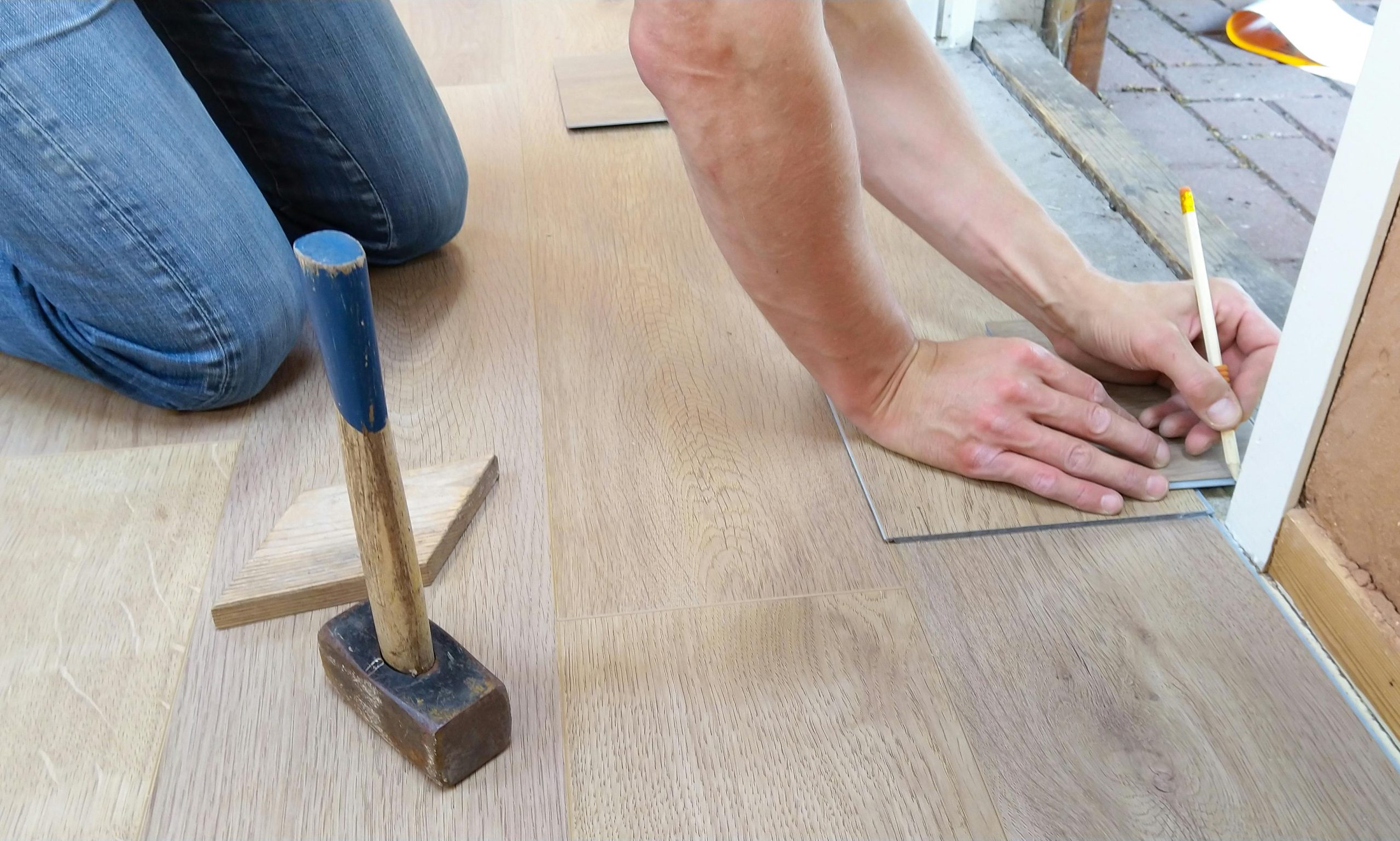
Floor treatments have evolved dramatically over the centuries, reflecting societal changes, technological advancements, and aesthetic preferences. From the humble dirt floors of early human dwellings to today's stylish and functional surfaces, the flooring journey is fascinating.
Early Beginnings of Flooring
In ancient times, people used natural materials for flooring. Primitive societies relied heavily on readily available resources and utilized dirt, stone, and sand for flooring. The transition began as humans settled and started constructing more permanent structures.
Stone and Tile: Foundations of Modern Flooring
Stone was one of the earliest materials used for flooring. The Egyptians used stone not only for their pyramids but also for their homes and public buildings. The hardness and durability of stone made it an excellent choice for both practical and decorative purposes.
In ancient Rome, tile floors rose in popularity. Romans mastered the art of mosaic tiles, creating intricate patterns and scenes to showcase wealth and sophistication. These mosaic floors were beautiful and functional, as they were easy to clean and maintain.
The Influence of Wood and Parquetry
As human settlements expanded, so did the variety of flooring options. Wood became a popular choice due to its availability and ease of use. In medieval Europe, wooden plank floors offered warmth and comfort. Wooden floors provided insulation against cold and could be styled in various patterns, leading to the development of parquet flooring.
Baroque and Rococo Influences
During the Baroque and Rococo periods, parquet floors symbolized prestige. Teak and mahogany emerged as choices for those who could afford exotic woods. These intricate flooring patterns were labor-intensive, reflecting the wealth and status of their owners.
The Carpet Revolution
Selected for its warmth and acoustics, carpeting has transformed through time. The invention of the power loom in the 19th century revolutionized carpet production, making it accessible to the masses. Previously a luxury item, carpets became commonplace due to mass production capabilities.
Cultural Carpet Traditions
Different cultures embraced unique carpet styles. Persian rugs, known for their elaborate designs and craftsmanship, are prized possessions worldwide. In contrast, Japanese tatami mats' minimalist approach provides simple elegance and functionality.
Modern Flooring Innovations
In the 20th and 21st centuries, flooring innovations surged. Developments like laminate flooring have combined aesthetics with durability, offering a cost-effective alternative to traditional hardwoods. Luxury vinyl tiles replicate the look of stone or wood with increased resilience.
Sustainable and Eco-friendly Options
The contemporary global focus on sustainability has fostered interest in eco-friendly flooring solutions. Cork and bamboo flooring have become popular for their renewability and environmental benefits. These materials offer similar durability and aesthetic appeal as conventional materials but with a lower environmental impact.
Flooring St George Utah and Beyond When considering options like flooring St George Utah, the choices reflect a rich tapestry of history blended with modern needs. Today, the right flooring can transform a space, offering both style and practicality.
Key Trends in Today's Flooring
Several trends dominate the current flooring market, balancing aesthetics with functionality:
● Minimalist Designs: Matte finishes and neutral tones create an elegant look that adapts to any interior design style.
● Textured Surfaces: Embossed finishes on vinyl or laminate create a tactile experience.
● Mixed Materials: Combining wood with tiles or metal accents adds visual interest and depth.
The Future of Flooring
As technology advances, the possibilities for flooring materials and designs expand. Future innovations may prioritize smart functionality, integrating elements like heating systems or built-in lighting within floors. Developments in nanotechnology could introduce self-cleaning or self-repairing floors, enhancing convenience.
The relentless pursuit of sustainability will also drive innovation. Expect the growth of recycled materials and systems designed to minimize waste and carbon footprints.
Final Reflection on Flooring Evolution
The history of floor treatments offers insight into human ingenuity and adaptability. From functional necessities to expressions of art and comfort, flooring has been a silent witness to the evolution of human civilization. As we step forward, understanding this past helps us appreciate the innovation and creativity that define modern flooring options.

